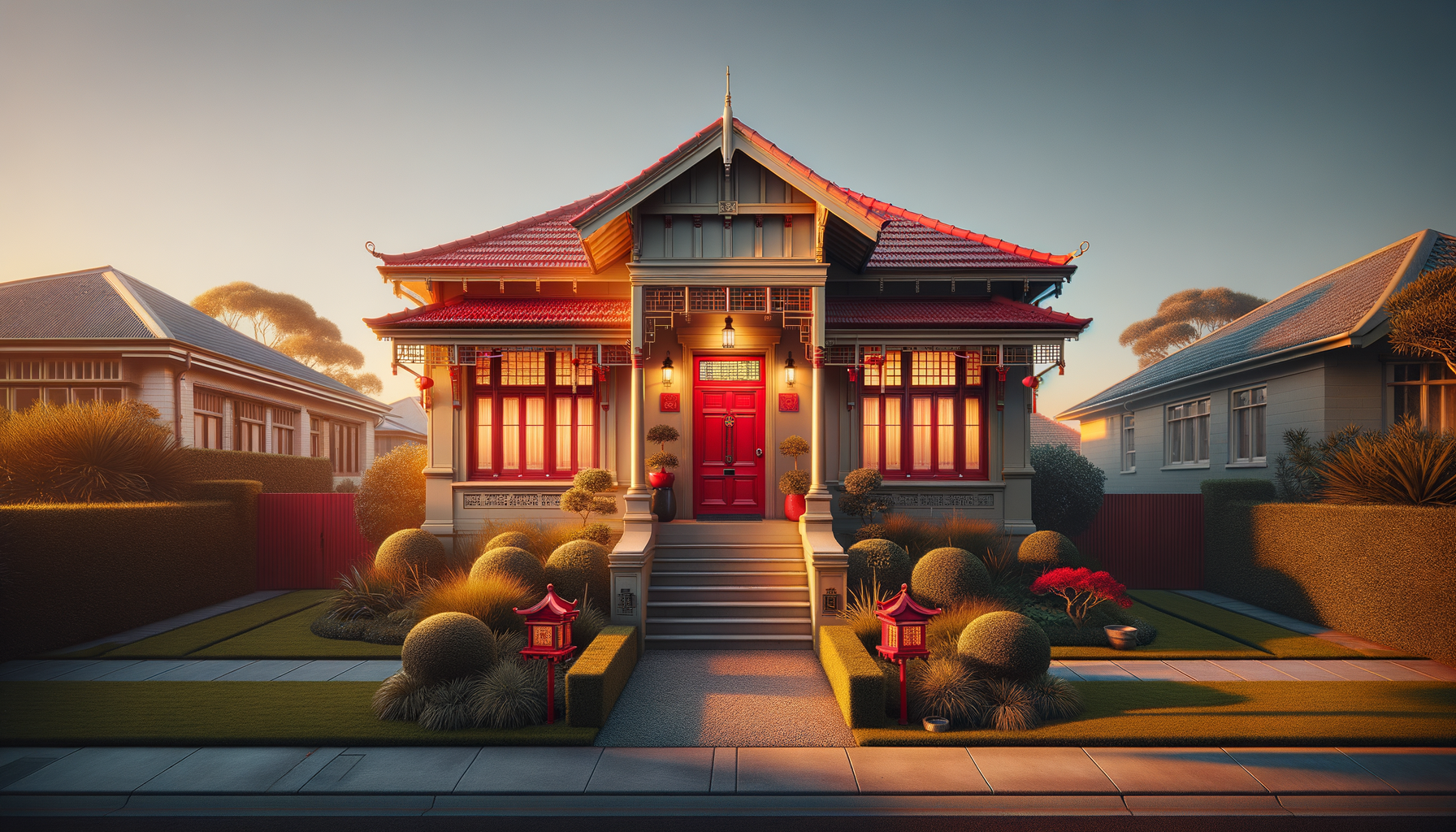“Unlocking the Patriotic Legacy of Red Front Doors: A Unique Home Improvement Trend”

Red front doors – you may have noticed them standing out on houses during your neighborhood strolls. These doors, boldly painted in hues of red, are more than just attractive design elements. They have a rich and intriguing historical background that intertwines with patriotism. In addition, a red front door could offer psychological benefits for you and your guests. This article will delve into the fascinating backstory of red front doors and explore the reasons why you might want to consider a red hue for your home’s entrance, too.
To truly appreciate the cultural significance of red front doors, we have to travel back in time and across the Atlantic to our colonial ancestors. In early American history, a house with a red door was a symbol of sanctuary. It was a sign to weary travelers that they could stop, rest, and receive a welcome meal. A red door was a beacon of hospitality in otherwise unfamiliar spaces, offering assurance and comfort to weary journeyers.
This tradition carried over from Scotland, where homeowners used a red door to signal that they had paid off their mortgage. Symbolizing their financial freedom, a red door was a matter of pride for homeowners, signifying their successful journey to homeownership.
If we dig even deeper into history and follow the red thread to ancient China, we discover another layer of symbolism. In Chinese philosophy, red is considered a lucky color and is often associated with good fortune and prosperity. Thus, many Chinese homeowners paint their front doors red, especially in preparation for the New Year, hoping to invite luck into their homes.
Religious connotations also color the history of red doors. In Biblical times, followers of Christ would mark the doors of their homes with a lamb’s blood as a form of protection, a scene which is painted red in many historical records and illustrations.
Now, having emblazoned these powerful associations into our minds, let’s examine why opting for a red door could be a great choice for your home today.
A red front door isn’t just a historical artifact; it’s a vibrant design statement that can boost your home’s curb appeal and make it more inviting. Red pops against a vast range of exterior colors, triggering a welcoming vibe.
According to color psychologists, red evokes a sense of energy, passion, and power. Beyond that, it stimulates the appetite – a fact that restaurants have long exploited to their advantage. When you translate this color theory into the context of a home’s entrance, a red door could essentially make your home look more appealing and inviting.
In terms of real estate, a red front door can also enhance your home’s marketability. A striking entryway attracts potential buyers, commanding attention and creating an unforgettable first impression.
But the benefits of a red door aren’t solely external. From a homeowner’s perspective, arriving home to a red door is a cheery sight that can instantly lift your mood, even after a long, dreary day.
A word of advice though, it’s essential to select the right shade of red to suit your house’s exterior. From muted, earthy tones to bold, fiery reds, the spectrum is wide and varied. Consult with a color specialist or do some DIY Pinterest surfing to find the red that’s perfect for your home.
A red front door isn’t for everybody. Its bold statement may seem too audacious for some. But for those ready to tap into its rich history and psychological benefits, it’s a winning choice that blends tradition and contemporary aesthetics into a striking design element.
There’s something undeniably patriotic and wholesome about a red front door. It threads together stories from the past, thrives in the present, and welcomes the future – potentially your future – with open arms. Whether it’s a symbol of hospitality, luck, or financial freedom, a red door unleashes a charm that’s hard to resist and easy to admire.
So if you’ve been contemplating a makeover for your front door, you might want to paint it red. It’s not every day you can blend a slice of history, a stroke of psychology, and a splash of style into one single brush.
